A digital camera lens hood is without doubt one of the most underrated photograph equipment. Many photograph fanatics are sometimes fast to scoff at lens hoods, deeming them nothing greater than an pointless burden. I’m not of them.
I think about a digital camera lens hood one of many important equipment in my digital camera bag. I’ve lens hoods for each lens I personal, and so they not often depart the lenses’ entrance parts.

If you’re searching for the reply to the query “What Does a Lens Hood Do?” this text is for you. By the tip, you’ll clearly perceive how lens hoods profit my pictures and why you also needs to use them.
What’s a Digital camera Lens Hood?
A lens hood is a small, round accent that goes over your lens to decrease stray mild falling throughout the lens. With no lens hood, stray mild will trigger undesirable lens flares and a washed-out low-contrast look.
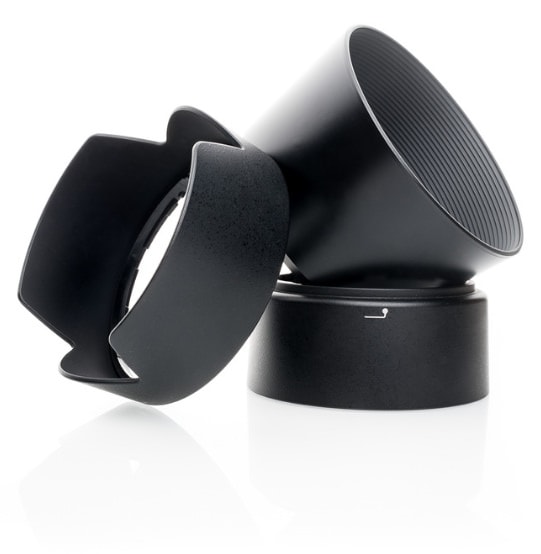
What Does a Digital camera Lens Hood Do?
There are 3 important capabilities of lens hoods.
1. Lowering Undesirable Stray Gentle
The primary good thing about utilizing a lens hood is to dam undesirable direct stray mild.
To raised perceive this operate, think about being exterior on a sunny day and searching on the solar’s path. To enhance visibility, you instinctively deliver the palm of your arm to your brow. Your palm casts a shadow over your eyes, and the image of the scene improves instantly. It turns into extra contrasted, clear, and vivid since you block the direct mild coming from the solar.
Because the human eye is a complicated model of a digital camera lens, the lens hood holds a operate much like your palm.
Whenever you need to seize a panorama, the aim is to seize a light-weight mirrored from the scene’s parts, equivalent to mountains, bushes, and rocks. And when the reflective mild mixes up with the direct mild, most frequently coming from the solar, you expertise undesirable optical results. The consequences are lens flares, discount in distinction, and readability.

Use a lens hood when taking pictures outdoor. It would drastically cut back undesirable optical results.
And as an alternative of evaluating the scene and deciding if it has a possible for lens flares, it’s a lot easier to have a lens hood hooked up to your lens always. In distinction to lens filters, the lens hoods don’t cut back mild transmission, and it’s protected to maintain them all the time on.
However I need to admit that the digital camera lens hood doesn’t all the time assist to remove lens flares.
Let me clarify.
Throughout the sunsets and sunrises, I typically shoot straight into the solar to extend the visible impact of the setting or rising solar. In such circumstances, even the lens hoods don’t stop undesirable lens flare. My resolution is double shielding. I exploit my hand’s palm to extend my lens’s shielding.

2. Bodily Lens Safety
Generally I feel that the bodily safety operate of lens hoods is extra important than optical safety.
If, for some purpose, I wouldn’t have a lens hood hooked up to my lens, I understand how to take care of lens flares or washed-out results. I can use the palm of my hand to defend undesirable mild. Or I can place my digital camera within the shade of a tree or rock. However the bodily lens safety is unreplaceable.
When I’m on an extended hike or climbing the cliffs in Utah, I all the time have my digital camera hanging on my facet. And it typically will get banged, particularly when I attempt to get to the obstructed spot.
If I examine the lens hoods of my lenses, they’re all lined with scratches and dents. It’s troublesome to depend what number of occasions lens hoods saved my lenses.
It’s priceless {that a} $20 accent saves $1000 lens over and over.
3. Environmental Lens Safety
One among my favourite phrases that describe panorama pictures is “the worst climate produces the perfect images.” In sensible phrases, it implies that if you shoot within the rain or snow, you could wipe the entrance component of your lens each 15 seconds. Having a lens hood gives partial environmental safety. It’s a must to clear your lens much less typically.

The environmental safety operate of the lens hood is the least necessary one, however it’s nonetheless beneficial. It enables you to think about taking pictures quite than on cleansing actions.
When to Use a Digital camera Lens Hood
The quick and easy reply is all the time.
Earlier than contemplating utilizing unessential photograph gear, I all the time analyze its advantages and shortcomings.
When utilizing a lens hood, I can see primarily advantages and virtually no shortcomings. The one unfavourable I see is it provides measurement to your lens and requires additional room in your bag.
However the advantages of utilizing a lens hood outweigh the negatives by a substantial margin.
When To not Use a Digital camera Lens Hood
Photographers take away the lens hood once they need to obtain inventive results produced by the direct solar.
For instance, many portrait photographers in outside settings create lovely backlit portraits. Whenever you place the solar behind your topics and take away the lens hood, the backlit mild produces gentle, dream-like images with lens flare serving creative functions.
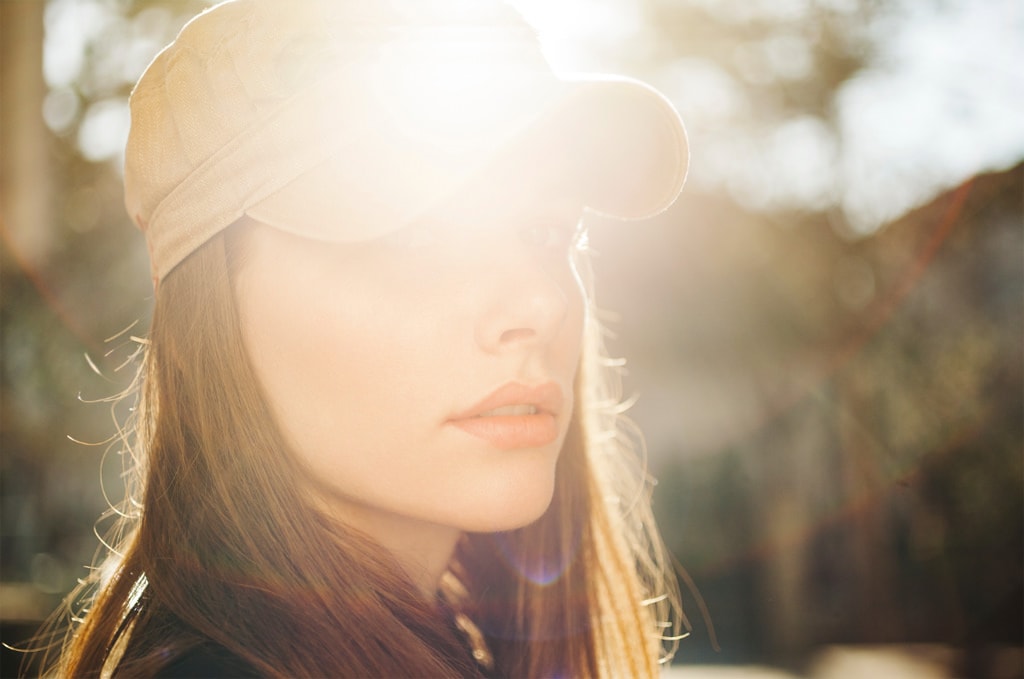
Don’t use a lens hood if you deliberately need to produce gentle, low-contrast captures with non-compulsory lens flares.
Sorts of Digital camera Lens Hoods
There are 2 important varieties of lens hoods.
1. Petal Lens Hoods
The petal lens hood has a variable depth. It’s shallowest on the corners and deepest on the prime and backside.

Peta lens hoods are most frequently used with wide-angle lenses. Petal lens hoods have such a design due to the form of the digital camera sensor. It’s rectangular. Whenever you cowl an oblong sensor with a round hood, the gap from the sensor’s heart to the highest edge, facet edge, and nook will range. To attain the deepest lens hood with out introducing vignetting, the depth of the hood should range.
Each petal lens hood has the deepest elements on the prime and backside, the shallowest depth on the corners, and the left and proper sides in between.
It’s attainable to create a lens hood for a wide-angle lens and not using a petal form, however in such a case, the hood’s depth would equal the shallowest a part of the petal design, offering minimal optical safety.
2. Cylindrical Lens Hoods
The cylindrical lens hoods have a cylindrical form with equal depth all through.

Cylindrical lens hoods are primarily used with lenses with an extended focal size. Due to the slim subject of view, it’s attainable to make use of a really deep design with out worrying about creating pointless vignetting.
Take a look at the depth of the lens hoods of telephoto lenses used throughout sporting occasions. They’re monumental.
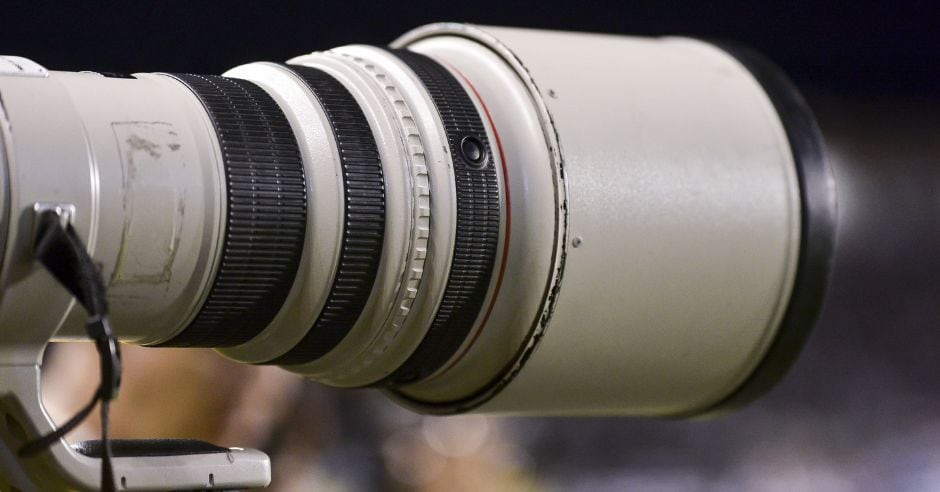
The best way to Connect a Lens Hood
Each lens hood is designed for a selected lens. Don’t attempt to use a lens hood from one lens to connect to a different. It almost certainly won’t match, and it could smash your images.
To connect the lens hood to the corresponding lens, align markings on the lens and the hood. Twist it till it appears. That’s it.
The best way to Retailer Digital camera Lens Hood
Nearly each trendy lens hood will be mounted to the lens in reverse, dealing with deep half towards the digital camera. It has no sensible use within the subject as a result of the hood in reverse place will block among the lens controls. It has the one goal of minimizing the house required to retailer it in your digital camera bag.
If in case you have restricted house in your again, change the lens hood in reverse.
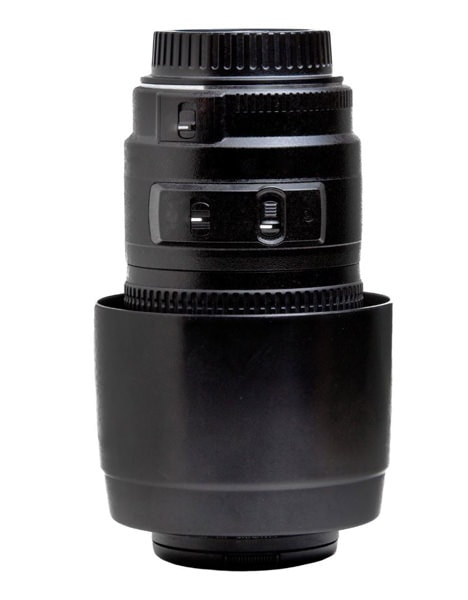
In my case, I be sure I’ve sufficient house in my bag so I wouldn’t have to commute with the lens hoods.
The best way to Purchase a Lens Hood
Fortunately, virtually each trendy lens comes with the corresponding lens hood, even Canon lenses. We wouldn’t have to spend time searching for a lens hood after shopping for a brand new lens.
You may solely need to purchase a brand new lens hood if you misplaced or broke an previous one.
Be sure you purchase the lens hood particularly designed in your lens. Avoid generic “one measurement matches all” fashions. They won’t present full safety or will produce undesirable vignetting.
The most secure wager is to purchase a lens hood from the unique lens producer. However they are often pricy.
Don’t be afraid to purchase lens hoods from third-party producers. Make sure the hood was designed in your lens solely and examine for the feedback.
3 Ranges of Lens Safety
Listed here are the three ranges of lens safety I exploit in my pictures:
Stage 1: Climate Sealed Lenses
Even just a few years in the past, weather-sealed lenses had been uncommon and prohibitively costly. Nowadays even mid-range weather-sealed lenses yow will discover at an inexpensive value.
Stage 2: UV Safety Filters
Over time, my place modified on utilizing UV Safety Filters. Now I’ve a protecting filter for all my lenses. Please examine my devoted article about protecting lens filters.
Stage 3: Lens Hoods
Invaluable optical and bodily lens safety.
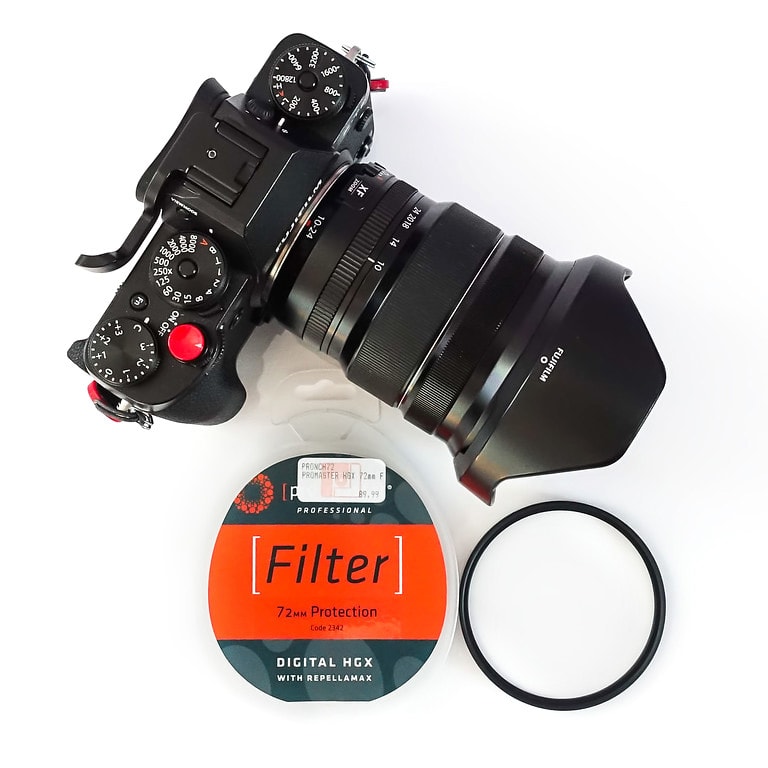
Digital camera Lens Hood: Last Ideas
The digital camera lens hood is without doubt one of the least costly equipment in pictures. And it’s uncommon as a result of pictures shouldn’t be an affordable passion. But when we analyze the cost-benefit of the nonessential pictures gear, the digital camera lens hood have to be on the prime, offering the very best advantages at minimal value and energy.
Think about attaching it to each lens you personal.
